- About Us
- Advertise
- Editorial
- Contact Us
- Terms and Conditions
- Privacy Policy
- Do Not Sell My Personal Information
© 2025 MJH Life Sciences™ and Dental Products Report. All rights reserved.
5 Ways that COVID-19 Has Changed the Future of Dentistry
We take a look at some of the ways that the future of dentistry has been impacted by the COVID-19 pandemic.
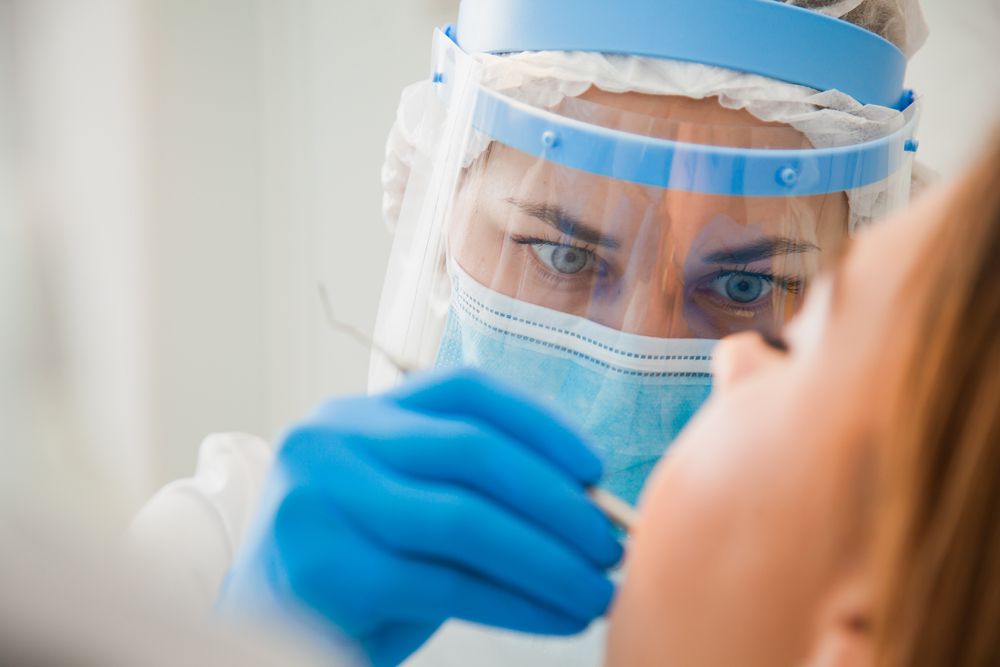
It may be hard to remember this time, but the months preceding the COVID-19 pandemic were our “normal.” While personal protective equipment (PPE) and infection control have always been important in the dental practice, the pandemic only heightened the necessity to keep people healthy and virus-free after they leave the practice.
That being said, things have changed a lot since the pre-pandemic times, and the technology and protocol has changed as well to suit it. Here are just a few ways that dentistry has changed forever since the beginning of the COVID-19 pandemic.
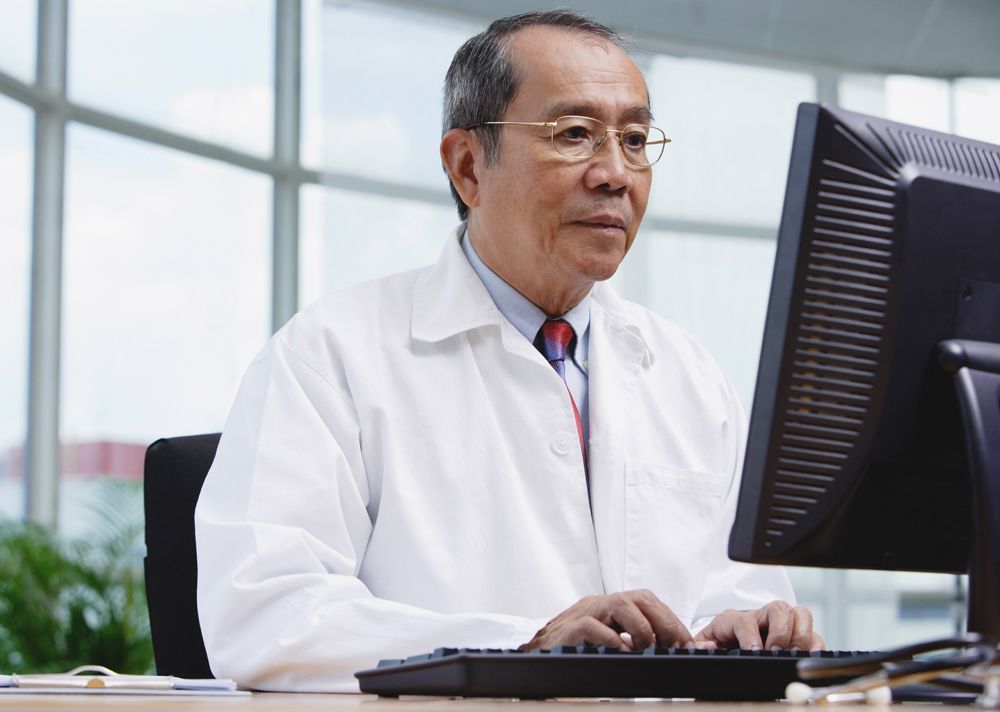
1. Teledentistry
When practices shut down at the onset of the pandemic, it was a hurdle for patients who needed care from a dentist. Even as practices reopened, it was still scary for patients to be in an in-person setting where potentially didn’t feel protected from the virus for an extended period of time. To combat this, dentists were able to utilize teledentistry platforms like MouthWatch or TeleDent to connect to patients remotely to assist in their oral health care needs. This meant that a patient who was nervous about going to a practice in-person could now arrange a video call with the dentist. The American Dental Association (ADA) has a policy on teledentistry regarding the best and most effective way to utilize it in a practice. Even now as vaccinations are widely available, elderly patients and immunocompromised patients can take comfort in the option to chat over a video call rather than in person.
Photo courtesy of Alexander / stock.adobe.com
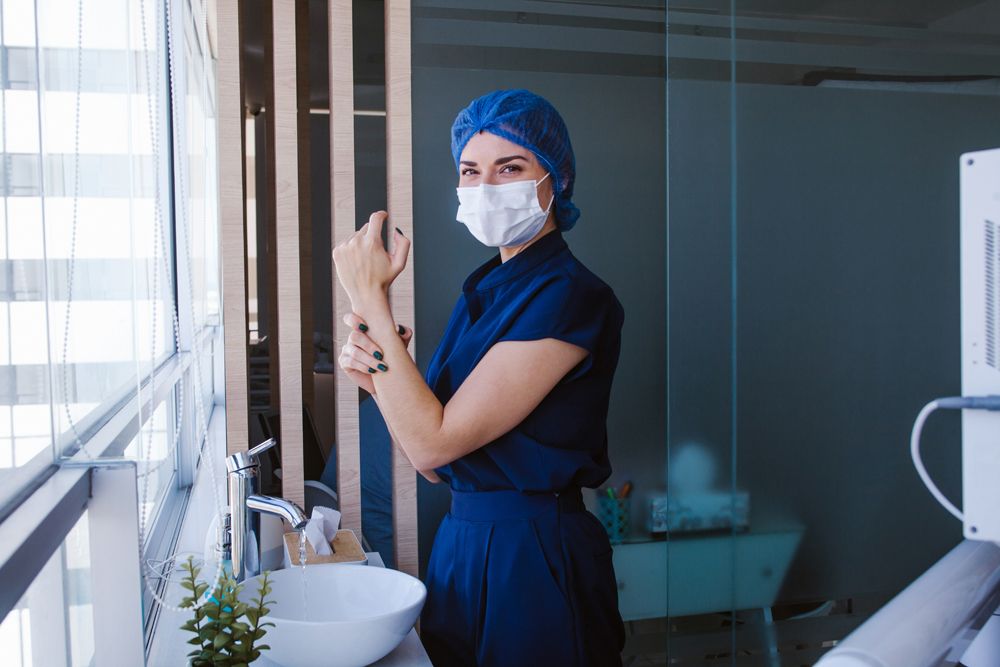
2. Enhanced Infection Control
If there is anything that this pandemic has taught us, it’s that preventing illness from spreading might be a more active process than we have previously thought. While modern dental practices have always had important infection control protocol, there became an increased need for diligent infection control during this pandemic. This meant washing hands more frequently, changing gloves often, and frequently sanitizing surfaces, among other infection control practices. Now that we’ve become accustomed to this “new normal” these things may seem obvious, but the importance of maintaining these standards cannot be understated. As health care professionals, it is important to help patients feel safe in the practice and demonstrating that safety through visible infection control is 1 great way to do that.
Photo courtesy of Marcos / stock.adobe.com
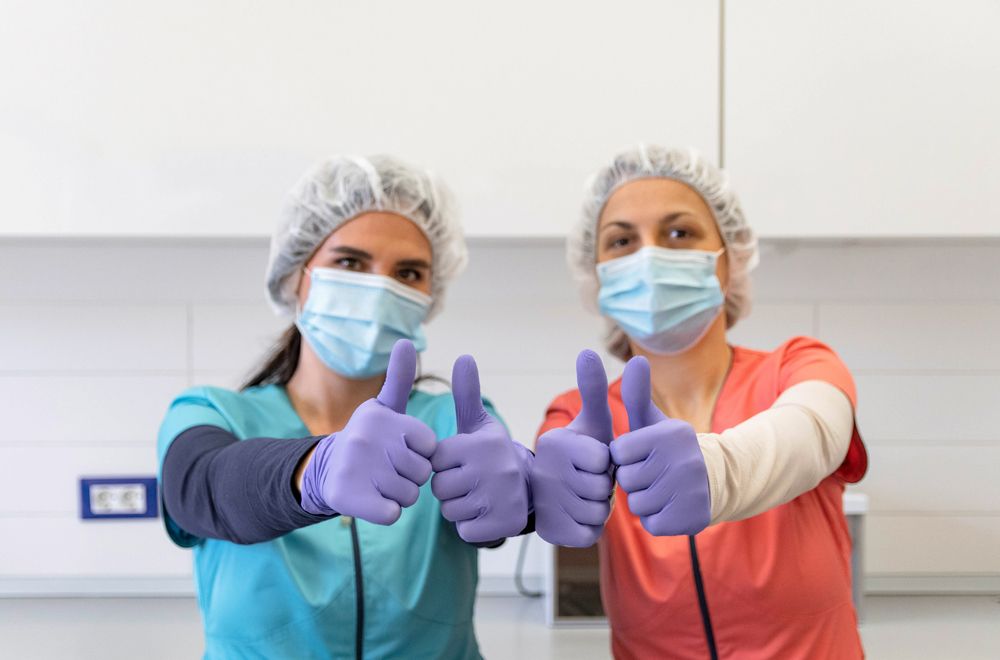
3. More Comfortable PPE
Wearing PPE for hours on end can be uncomfortable depending on what one has to wear. Even though it’s being changed frequently, it can still be uncomfortable. For instance, the mask can potentially leave lines on the face from wearing it too long. As the pandemic has gone on, different PPE companies have innovated and created pieces that provide a more comfortable experience for the wearer. Some of these innovations include gloves that are suitable for allergic patients as well as fitting the right size on the dentist or hygienist. One innovation covered extensively by Dental Products Report, is the Ambience PPE Face Shield. Prior to this face shield, it was almost impossible to find a good, optical-quality face shield that would fit a clinician’s loupes. With a combination of creative spirit and a clinician’s expertise, Ambience PPE’s face shield was created to suit clinicians everywhere. With these innovations, PPE will only continue to get better and more comfortable for the wearer.
Photo courtesy of Wirestock / stock.adobe.com
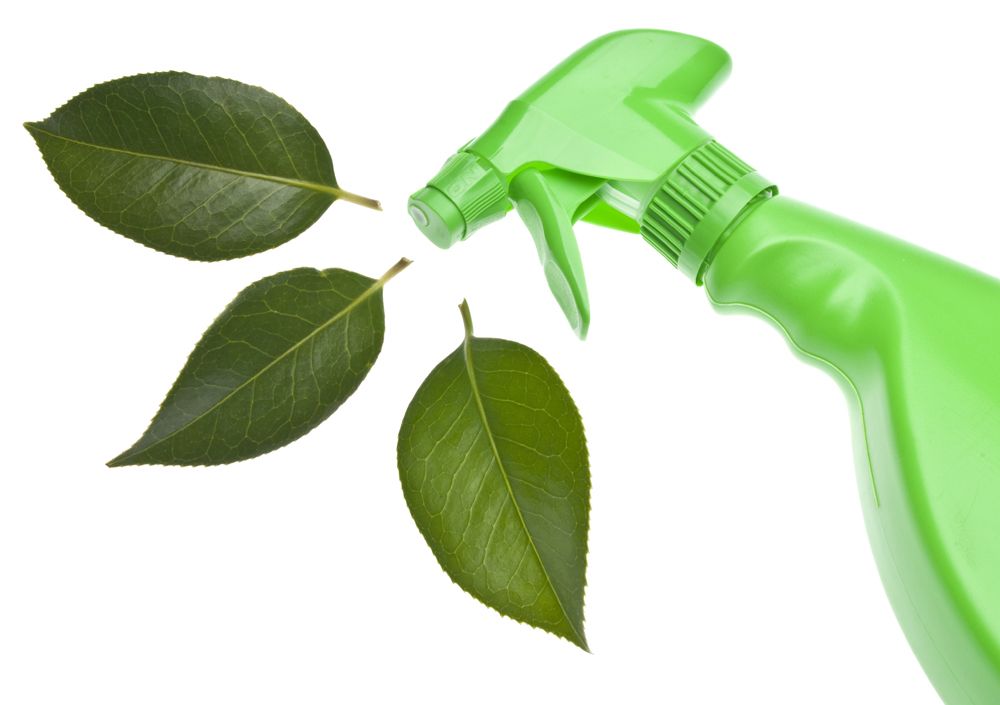
4. Green Cleaning Products
With the frequent use of disposable products and single-use PPE, it can feel as though the practice is contributing to environmentally detrimental waste. Even before the pandemic, it may have felt as though a lot of products that are designed to sanitize or disinfect are not environmentally friendly. To combat this, a myriad of infection control products that can also be environmentally friendly have been created. Not only have new products been invented to balance cleanliness and green-ness, but methods of sanitization such as steam sterilization have also been rethought and applied in lieu of standard sterilization protocol. There are respirators with changeable filters and PPE gowns that can be effectively sterilized. Despite all of these changes, there is still plenty of room for improvement when it comes to green infection control.
Photo courtesy of Brooke Becker / stock.adobe.com
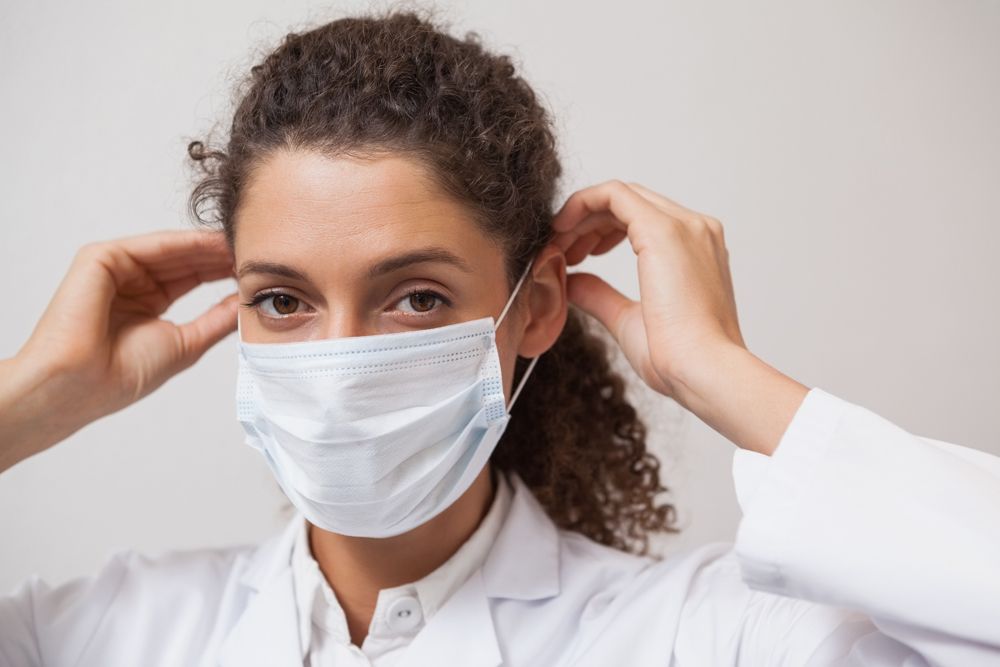
5. Preparedness
No one wants to think about a future pandemic when it seems as though we have been trapped in this one for so long, but it has become an important lesson on being prepared in the future. With all of these tools and protocols being created in the midst of a global pandemic, clinicians will be prepared for a vast variety of infection control situations. Even if it is not a full-blown, worldwide pandemic, clinicians who have trained, adapted, and worked during this time will be better equipped to deal with trials and tribulations in the future. There truly is no telling what the future will hold, but the best way to feel confident in it is to be prepared. After this incredibly challenging time, clinicians can feel confident in their ability to be prepared for the future.



